Bringing a new pet into your home can be an exciting adventure, filled with the promise of companionship and joy. However, introducing a cat to other pets requires a considered approach. With patience and a few strategic steps, you can help your pets create a harmonious relationship that enriches the household dynamic. This guide explores the best methods to introduce cats to other pets, ensuring a peaceful coexistence.
Understanding Your Cat’s Behavior

Cats are known for their individual personalities and territorial nature. Understanding these traits is crucial when introducing them to other animals. Cats often need time to adjust to new surroundings and companions, typically favoring familiar routines and environments. Observing and respecting these behavioral instincts can lay a strong foundation for successful introductions.
Prepare a Comfortable Environment
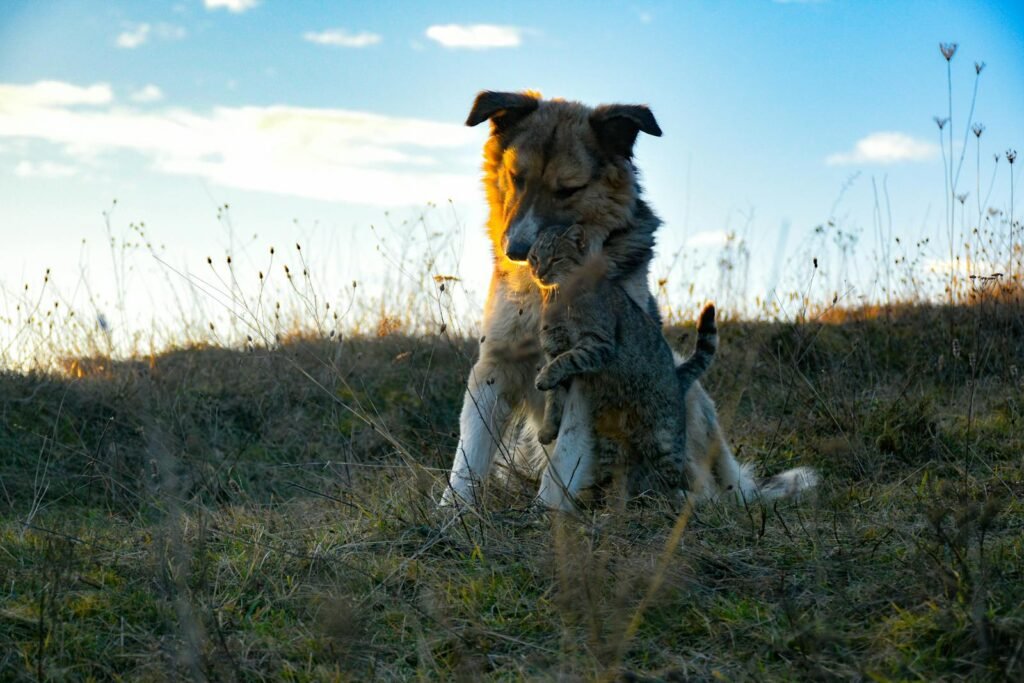
Before the big introduction, prepare a comfortable and safe environment for your cat. Designate a private space where they can retreat and decompress away from other pets. This area should include all necessary resources such as food, water, litter, and a cozy bed to help reduce stress during the transition.
Introduce Scent First
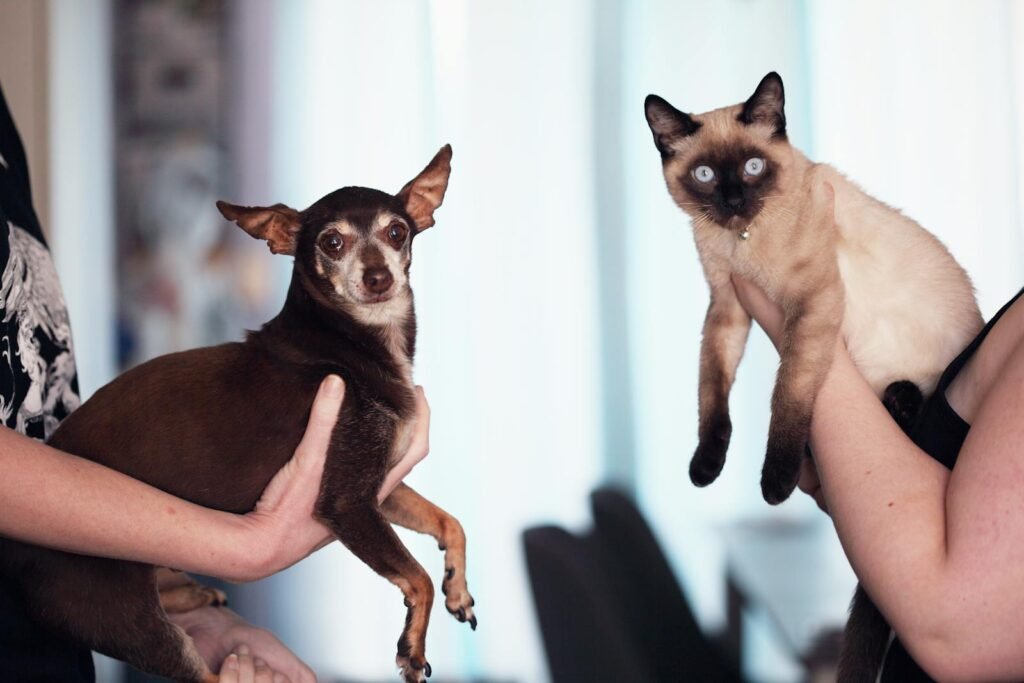
Animals rely heavily on their sense of smell to understand their environment and each other. Before a face-to-face meeting, allow your pets to become familiar with one another’s scent. You can achieve this by swapping toys or bedding, helping them associate each other’s scent with comfort and positivity.
Controlled Visual Introductions
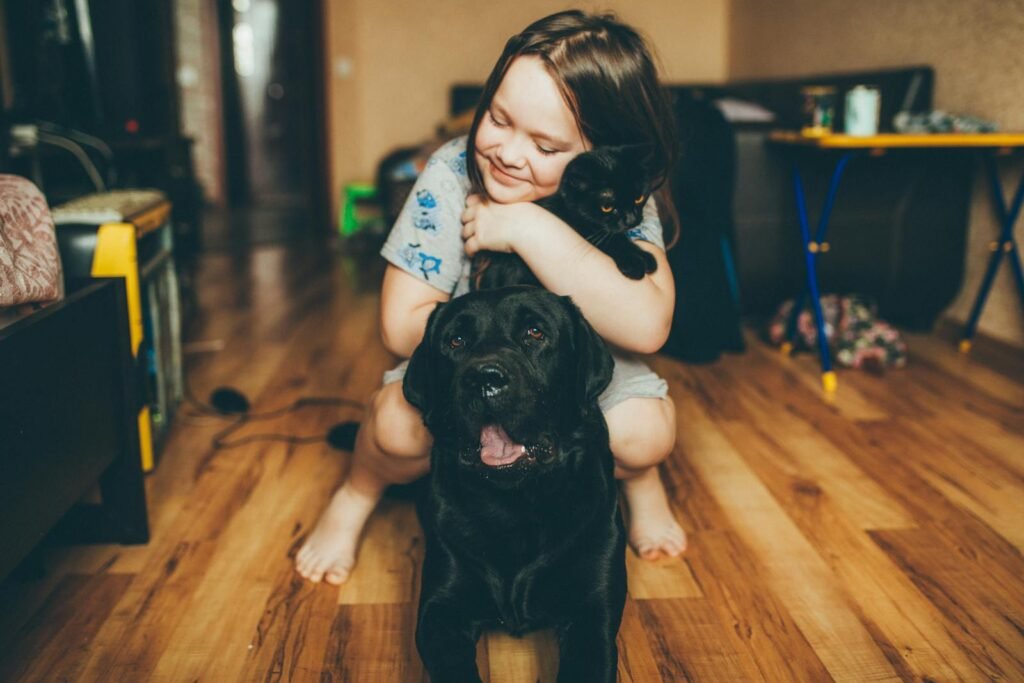
Once they are accustomed to each other’s scent, the next step involves gradual visual introductions. This might be through a baby gate or a glass door, where they can see each other without direct contact. Watch for any signs of aggression or stress, such as hissing or barking, and separate them if necessary to prevent negative associations.
Go Slow with Supervised Interactions
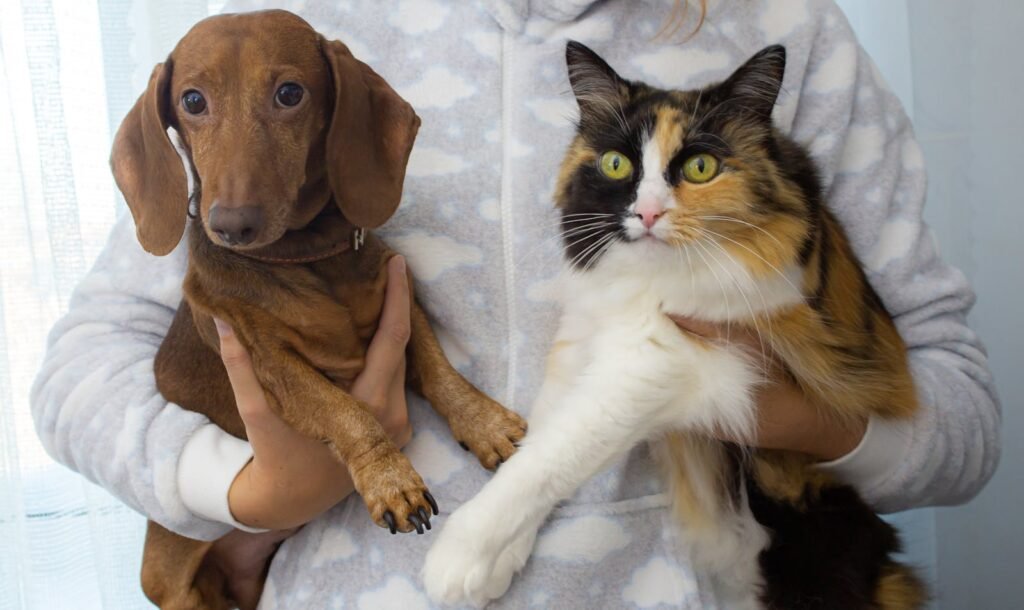
As the animals become more comfortable with seeing each other, you can move to supervised interactions. Keep these initial meetings short and positive, using treats and praise to reinforce good behavior. Never force interaction and let your pets approach each other at their pace. Consistently reward calm and friendly behavior.
Monitor Body Language
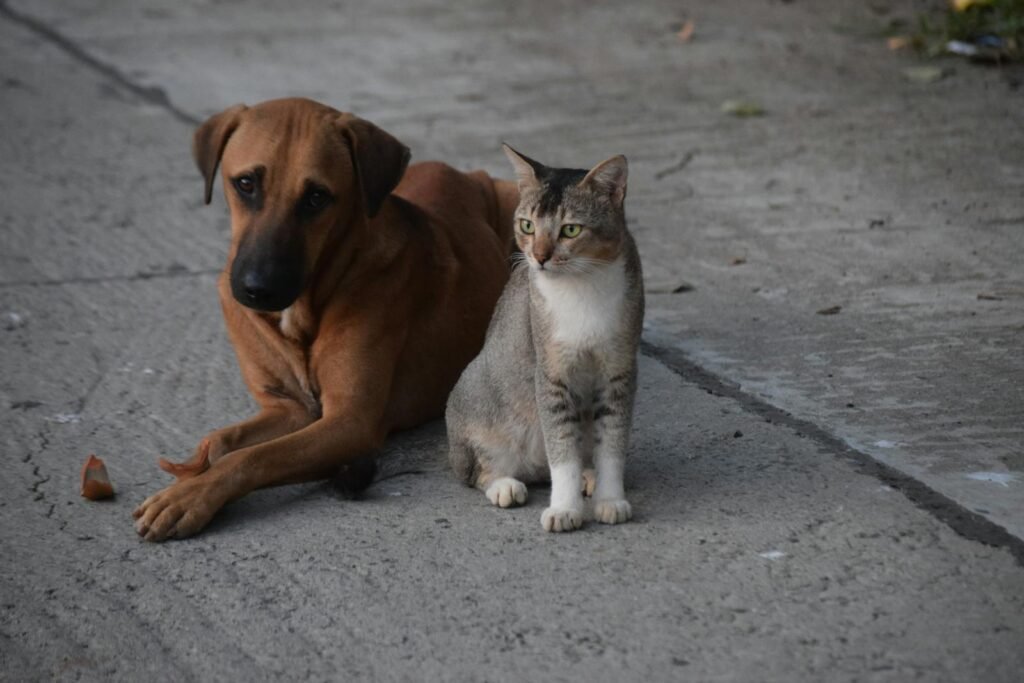
Monitoring the body language of both your cat and other pets is crucial in understanding how the introduction is proceeding. Look for relaxed body postures and friendly gestures such as sniffing or tail wagging. Conversely, if you notice signs of stress, intervention may be necessary to protect the ongoing relationship development.
Maintain Routine and Boundaries

Maintaining a consistent routine provides security and reduces anxiety for all pets involved. Keeping feeding times, play sessions, and household activities consistent will help both cats and other animals settle into their new living arrangement. Additionally, establish boundaries for shared spaces, so each pet knows their area and feels secure.
Provide Equal Attention
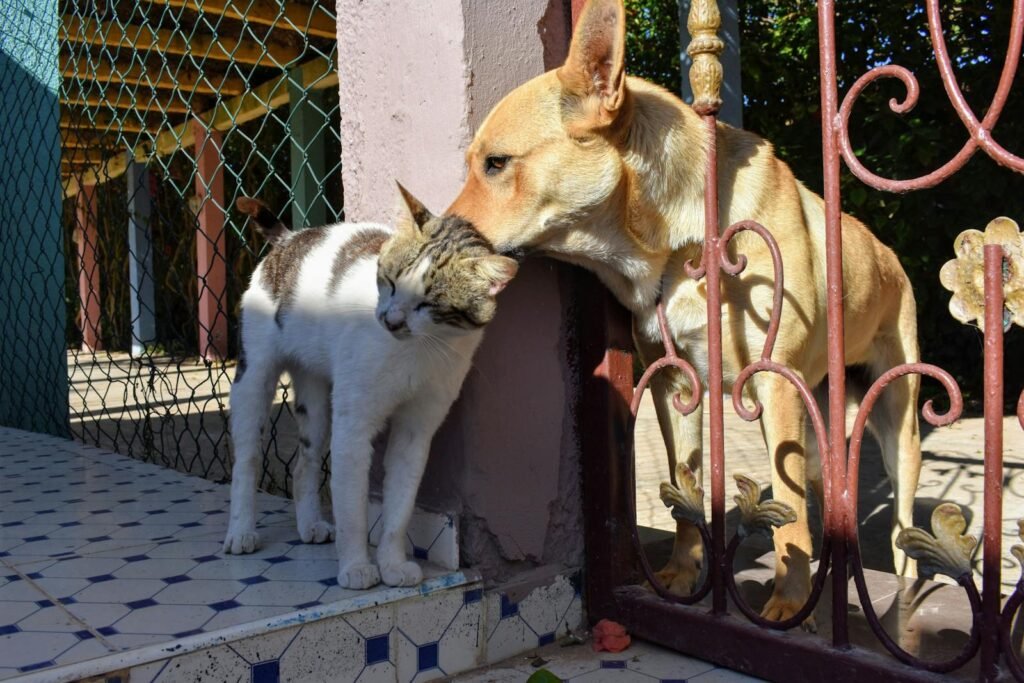
Jealousy can quickly disrupt introductions if one pet feels neglected. Ensure that you give equal attention to all pets, indulging each with affection and playtime. This helps diminish any competitive tensions and fosters a balanced, inclusive home environment.
Gradual Adjustment Period
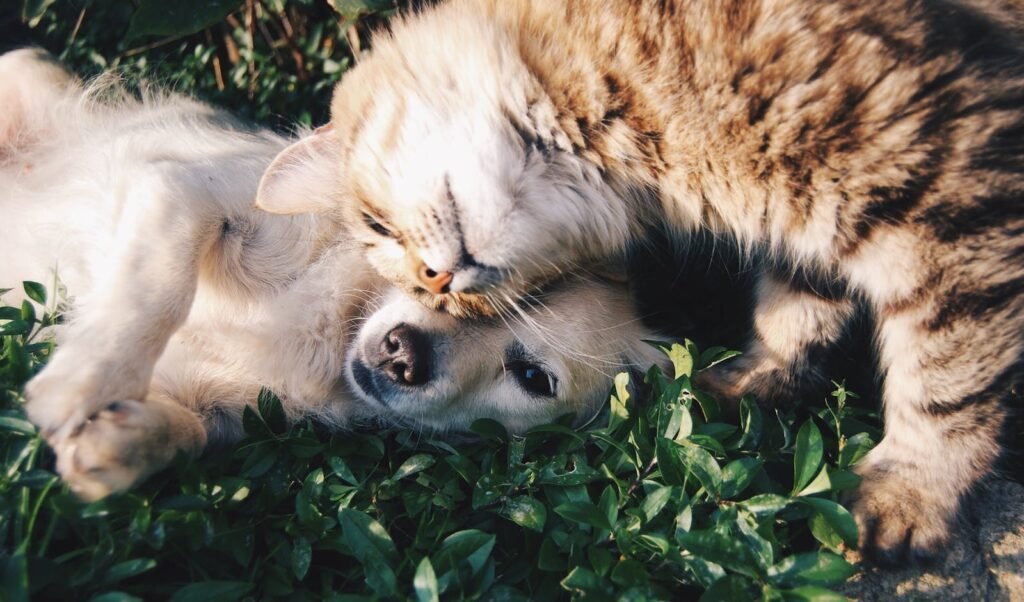
New relationships take time to develop. Be patient and allow your cat and other pets to adjust at their own speed. Gradually increase the duration and frequency of their interactions as signs of comfort and trust grow. This gradual approach minimizes stress and encourages a positive relationship.
Consider Professional Help
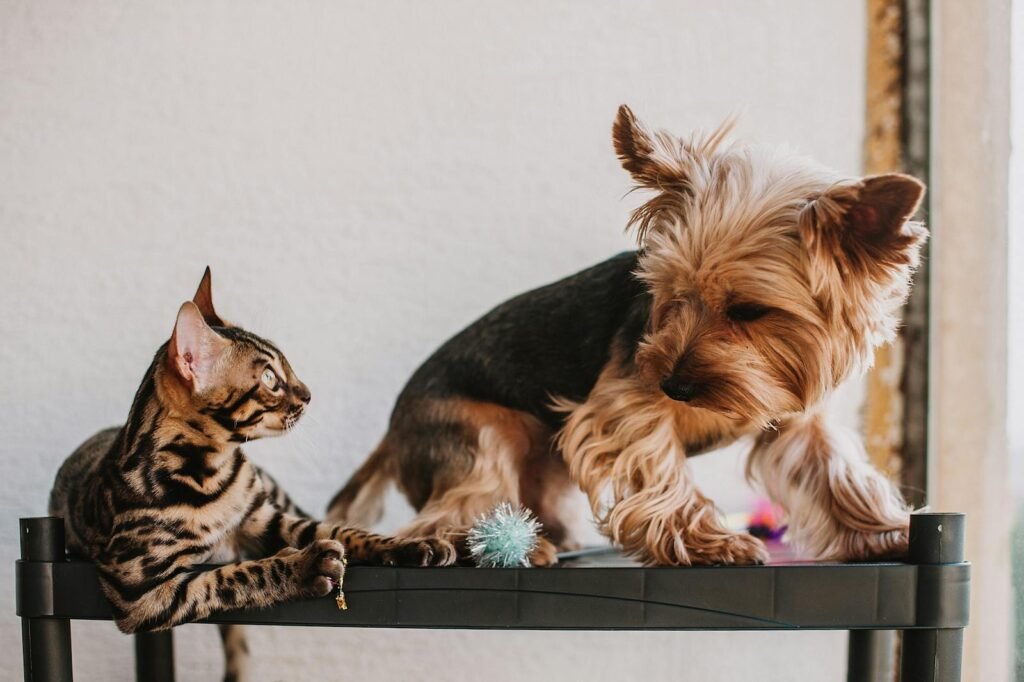
If, despite your best efforts, the introductions generate considerable stress or aggression, it might be beneficial to consult a professional animal behaviorist. These experts can provide personalized strategies tailored to your specific situation, ensuring a safer and more successful integration process.
Summing Up the Introduction Process
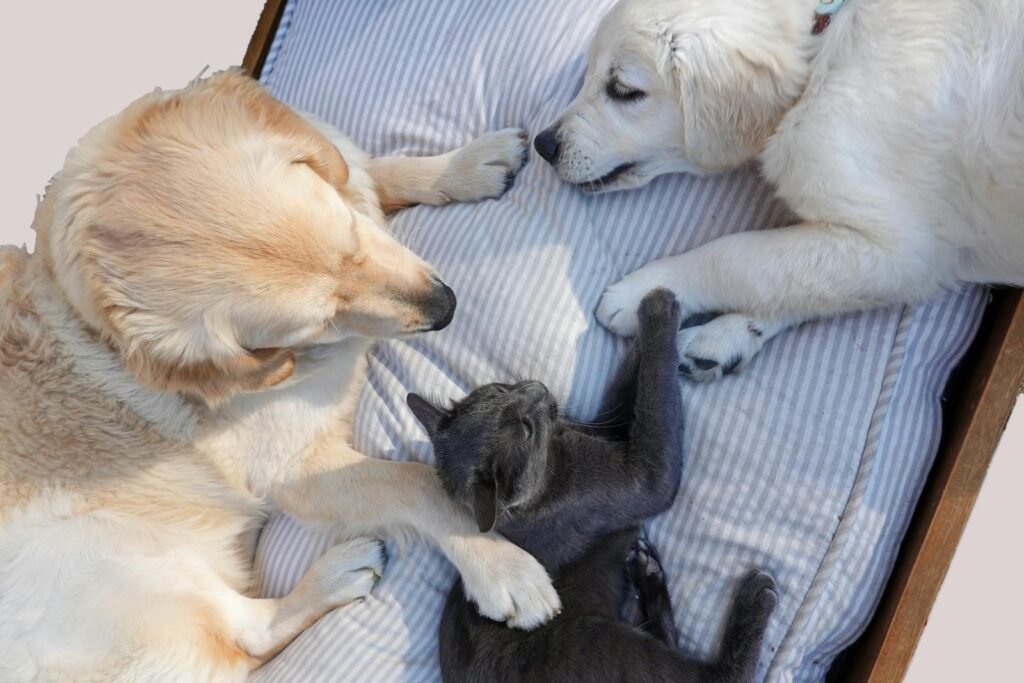
Introducing a cat to other pets requires patience, understanding, and the right techniques. By preparing the environment, using gradual sensory introductions, and monitoring interactions closely, you can foster a peaceful and enriching pet family. Remember, every animal is unique, so flexibility and adaptation to their individual needs are key to successful coexistence.

Suhail Ahmed is a passionate digital professional and nature enthusiast with over 8 years of experience in content strategy, SEO, web development, and digital operations. Alongside his freelance journey, Suhail actively contributes to nature and wildlife platforms like Feline Fam, where he channels his curiosity for the Feline into engaging, educational storytelling.
With a strong background in managing digital ecosystems — from ecommerce stores and WordPress websites to social media and automation — Suhail merges technical precision with creative insight. His content reflects a rare balance: SEO-friendly yet deeply human, data-informed yet emotionally resonant.
Driven by a love for discovery and storytelling, Suhail believes in using digital platforms to amplify causes that matter — especially those protecting Earth’s biodiversity and inspiring sustainable living. Whether he’s managing online projects or crafting wildlife content, his goal remains the same: to inform, inspire, and leave a positive digital footprint.






